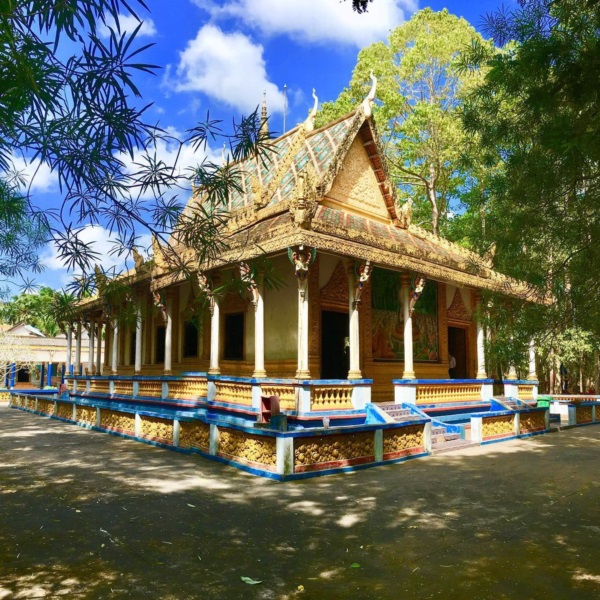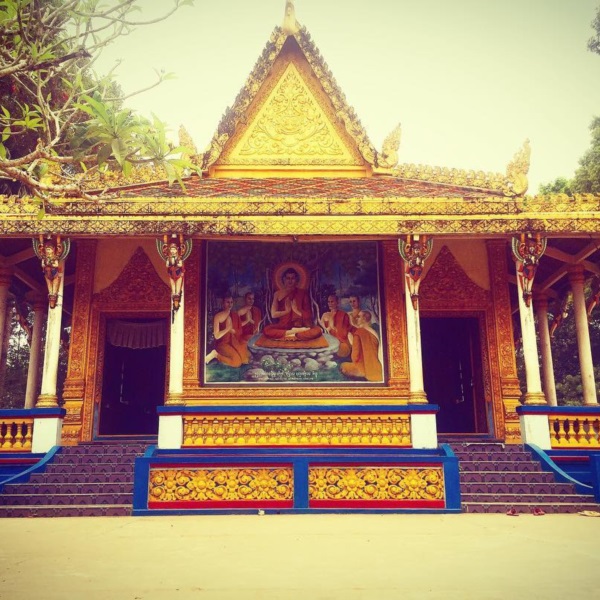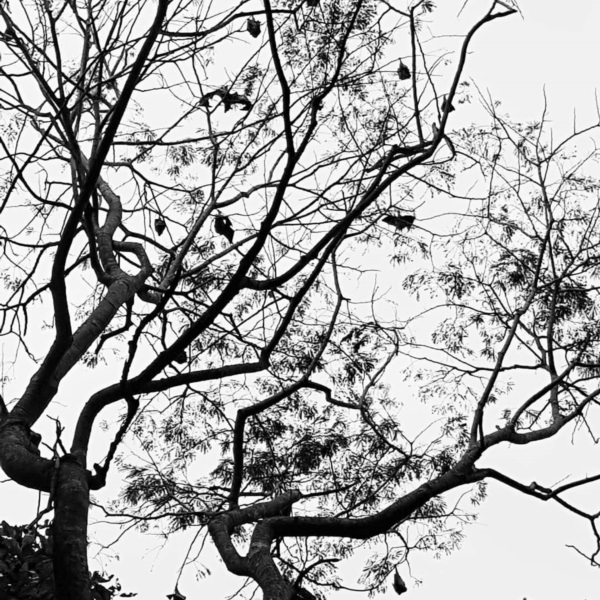Bat Pagoda in Soc Trang Province is also called Mahatúp Pagoda and referred to as a complex of eye-catching structures. And it is the only pagoda where the community of the Khmer people worships Shakyamuni Buddha. The name of Bat Pagoda is because its campus is home to countless bats.

How to get to Bat Pagoda from Ho Chi Minh City
It’s not difficult to reach Bat Pagoda and have a sightseeing trip of this destination from Ho Chi Minh City. What you must do first is to catch a bus from Mien Tay Bus Station to Soc Trang City. Just arrive at Mien Tay Bus Station – 395 Kinh Duong Vuong Street, An Lac Ward, Binh Tan District, and there is more than one bus line to choose from there. Upon hitting Soc Trang City, take a taxi or motorbike taxi to Bat Pagoda, located at Van Ngoc Chinh Street, Ward 3.
While traveling to Soc Trang City and then Bat Pagoda independently may be quite tedious with those whose are not familiar with searching for directions, a tour, including that destination and even other attractions will be a perfect choice. You can find it at many tour operators in Ho Chi Minh City, and sometimes they can customize a surprising one for you. A plus point is that you take in more knowledge about the history and culture of the places you set foot in.
The history of Bat Pagoda
According to an ancient book, the pagoda had been erected in 1569 and after that, it underwent lots of refurbishments. In 1960, the main sanctum was refurbished to become more splendid. In 1999, Bat Pagoda was designated as a national cultural and historical relic site.
It’s sad that the sanctum was burnt in the fire and totally damaged in 2008. Eventually it was rebuilt as itself at the beginning in April 2009. Since 2013, the site of Bat Pagoda has been open to the public and drawn a considerable number of visitors every year. In front of the campus is a spacious parking area. There are also other convenient services offered outside the pagoda.
Bat Pagoda – Architecture of the Khmer people
Bat Pagoda is regarded as a serene place with green space and home to tens of thousands of large bats – flying foxes.
Inside the pagoda site are three main structures, consisting of the main sanctum, the Sala house and the altar to Mr. Thach Chia, who largely contributed to the pagoda’s refurbishment. All of those structures were designed in the traditional Khmer style.

The main sanctum was decorated with beautiful patterns and illuminated by an image of Shakyamuni Buddha, achieving nirvana. The roof is full of elaborate carvings in the shape of semidivine serpent Naga, and between the support and the roof is the image of fairy Kemnar.
Inside the main sanctum is a 2m statue of Shakyamuni Buddha, placed on a 1.5m platform. It’s fascinating to witness exquisite carvings of Shakyamuni Buddha from his birth to the milestone where he achieved nirvana. Leaving the main sanctum, you will walk to the Sala house at the opposite side. The house is where monks take a rest and welcome guests. A visit there entitles you to see the local children playing traditional musical instruments of the Khmer people. You’ll be overwhelmed by clever hands of those little instrumentalist as well as their brilliant performance.
Flying foxes – large bats in Bat Pagoda

Apart from unique and ravishing architecture full of impressive carvings, Bat Pagoda also appeals to many visitors because of its stories about flying foxes – large bats. The most fascinating thing is that the pagoda’s campus is home to numerous flying foxes; they sleep in daylight and fly to feed at night.
The locals believe that bats bring happiness for them and their families, so they always consider the large bats as pets kept in their houses. This species of bat often weighs around 1-1.5 kg with its 1.5m wings. They are blonde-black in color. Although they are an herbivore, they never eat fruits in the pagoda’s garden. Instead, they’ll fly further to feed themselves. In daylight, we hang on tree branches in the garden, looking like bunches of fruit. It’s fairly exciting to witness them in such an image.



